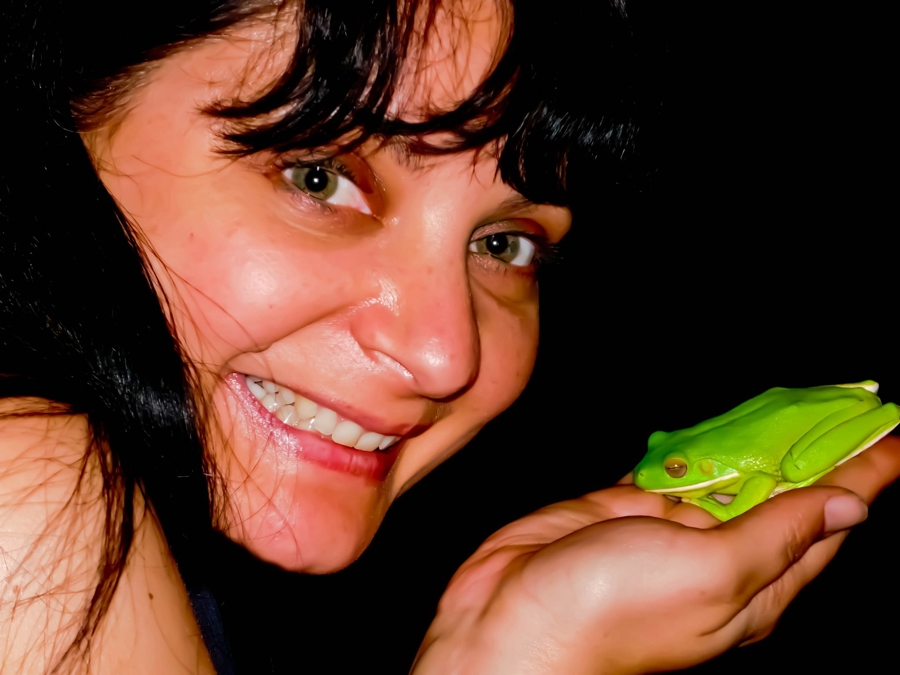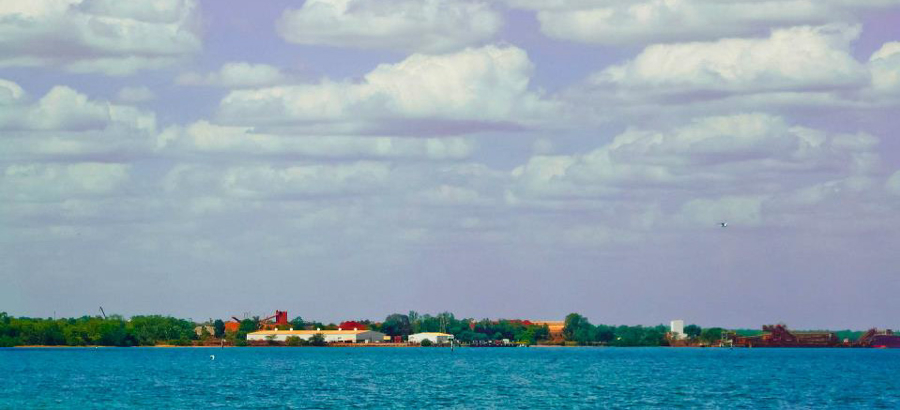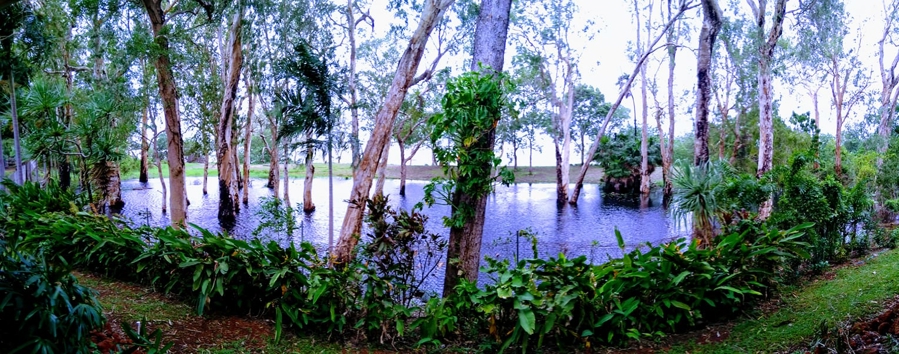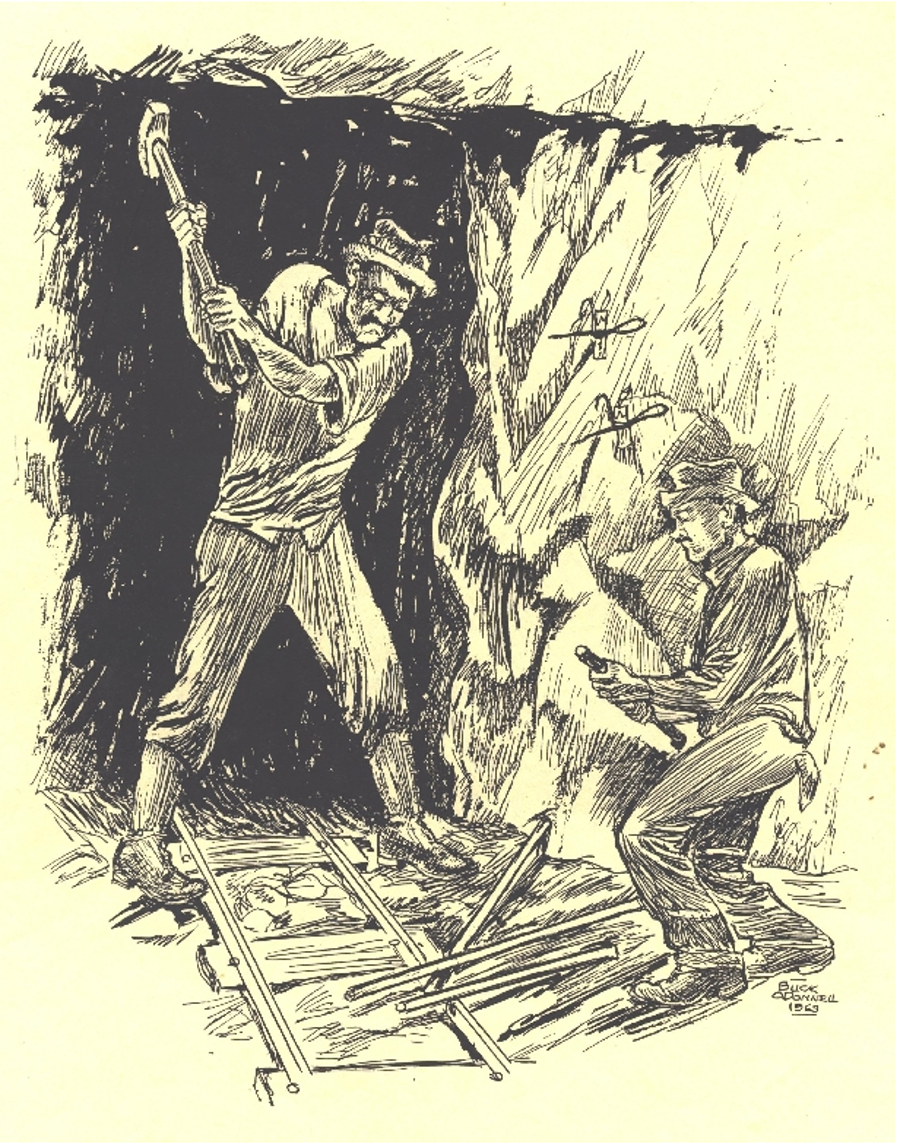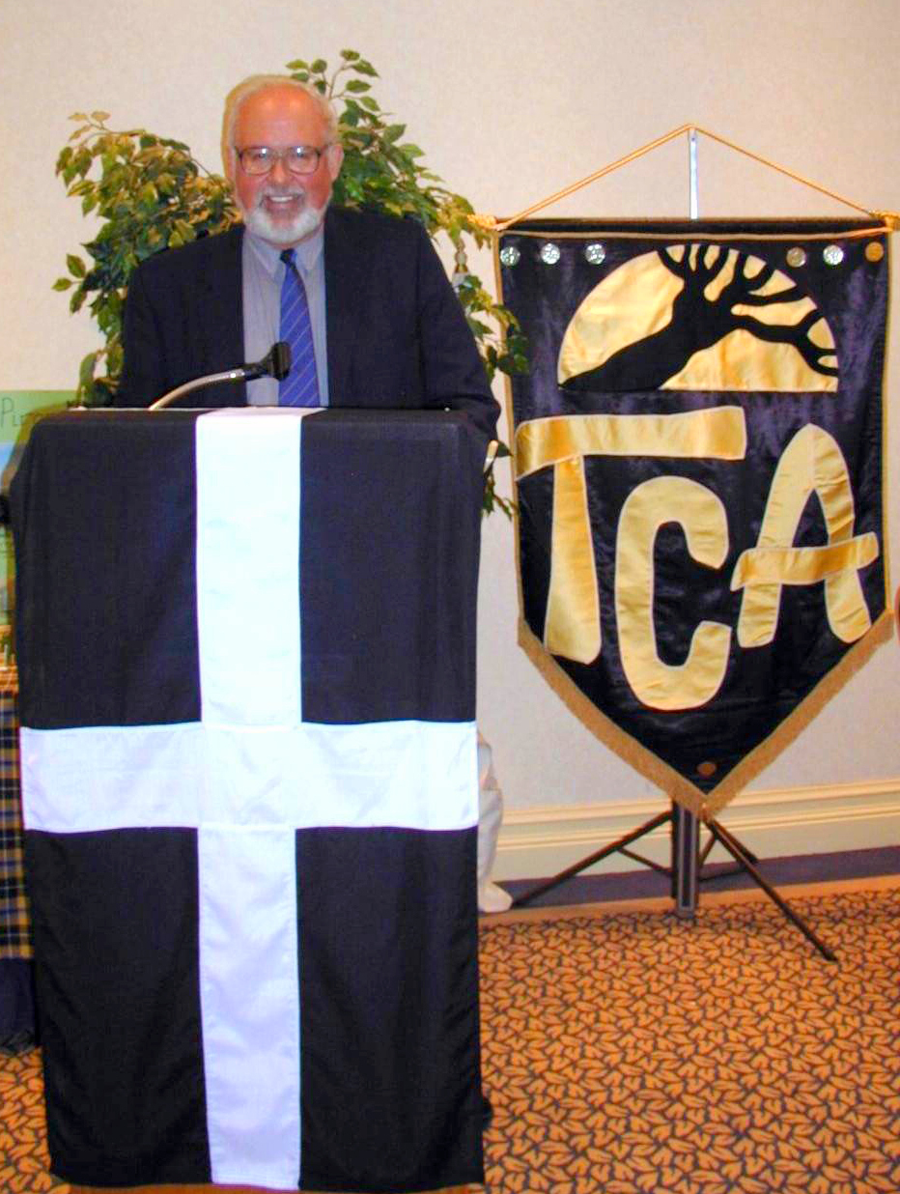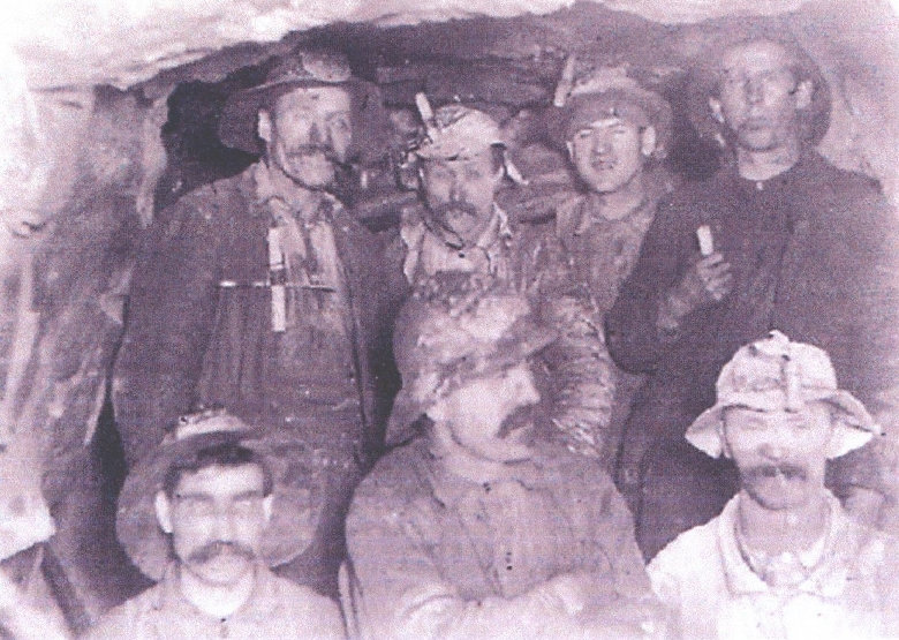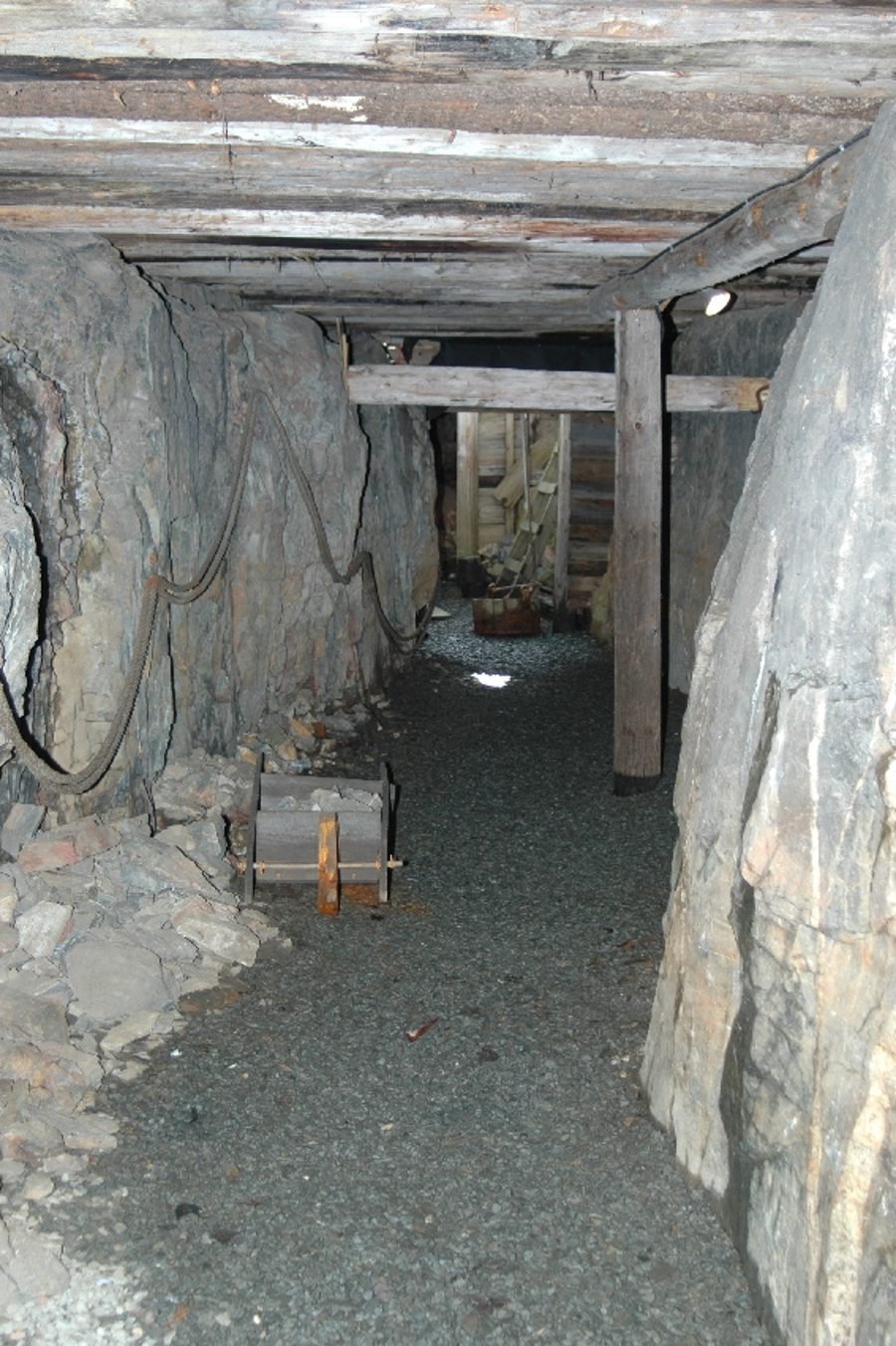Dear Cornwall and West Devon
Kernow ha Dewnens West ker
To celebrate the launch of our brand-new website we sent a call out to our Cornish Diaspora family asking them to write letters to Cornwall and west Devon telling us about themselves, where they live and their connection to Cornwall.
At the start of the 19th century, Cornwall’s mining industry was thriving. The industrial revolution and the development of high-pressure steam power meant Cornish mining was becoming world-renowned for its sophistication. Cornish miners travelled across the world, initially recruited for their perceived skill and experience and later due to necessity as mining declined in Cornwall and jobs became scarce. These “Cornish Jacks” moved and often settled taking their family with them or making new families where they landed, resulting in our Cornish Diaspora community.
Our call out resulted in a fantastic response from a range of Diaspora locations, these Cornish descendants offered us amazing and personal stories, poetry, photos and memories to share on our website. We hope you enjoy reading about these wonderful Cornish characters as much as we did.
A huge thanks to all who took part and put so much effort into your wonderful responses.
Chris and Val Ensor, Kent, Washington State USA
Dear Cornwall and West Devon,
I live in Kent Washington State USA and I’m 71 years old. was born in England. I moved to Washington State in the USA in 1996. My mother was Scottish while my father had an Irish father and Cornish mother. My grandmother Florence Teague (maiden name) and great grandparents Pomeroy Teague and Elizabeth Daniel were all born and raised in the parish of Madron, just outside Penzance, Cornwall. As far as I know the family had no direct mining history.
My American wife Val and I spent a week in Cornwall in October 2019. We stayed 3 nights close to Bodmin and then by Cape Cornwall. During our time at the Cape we visited the National Trust Levant Tin Mine in its spectacular cliffside setting with stunning views.
We saw the giant beam steam engine in operation.
What we learned at the mine and in the fishing towns we visited showed us what a hard life many Cornish men and women (including the teams of “bal maidens”) had in times past.
There was so much to for us to see in addition to Cornwall’s mining history. As well as learning about Cornwall’s important mining history we loved the spectacular Cornish coastline.
Here are just a few examples of Val and I enjoying visits to some of the many wonderful places Cornwall has to offer:
- We visited the Eden Project near St. Austell,
- The Screech Owl Sanctuary at St. Columb,
- The Bodmin and Wenford Railway,
- We enjoyed the bustling town centre of St. Ives and the nearby cliffs and beaches,
- Tintagel Castle on the coast south of Newquay and home of the King Arthur Legend,
- We also walked part of the Southwest Coast Path,
- As Doc Martin fans we had to have a guided walking tour of Port Isaac,
- Cideries: We are home cider makers, so we visited two excellent Cornish cideries where we did some tasting and bought bottles to go,
- Being National Trust of Scotland members we visited Lanhydrock House, a historic National Trust mansion and estate near Bodmin,
Friendly Locals: All the local people we met were friendly and helpful. I had visited Cornwall several times many years before as boy and young adult on holiday and had loved the country. Returning last year was a way I could show off Cornwall to my wife, share my Cornish heritage with her and feel close to my Celtic roots again. On our return to the US we joined the Pacific Northwest Cornish Society. We hope to forge links with others who share Cornish heritage in this part America.
Wish to Return: We had a wonderful time and would love to visit Cornwall again, see more sites, discover more history and meet more local people in this wonderful country once it’s safe to travel. Until then we treasure all we saw in Cornwall and in particular the wonderful sunsets we were privileged to see at Cape Cornwall.
Chris and Val Ensor
Kent, Washington State USA.
Gord'n Perrott, Seattle, WA, USA.
Dear Cornwall and West Devon,
I am replying to your request for information about those of us with Cornish Ancestry outside of Cornwall.
- Where do you live?
I live in Seattle WA USA
• What you know about the Cornish community in your Area?
We have an active group of folks who meet socially twice a year. There is very little mining history here, most of our ancestors moved here from a place with mining.
• What is your personal connection to Cornwall/West Devon?
My great grandparents emigrated from New Portholland to Montana early in the 1900's, they moved to Seattle after WWII. I knew my Greatgrandmother before her passing in 1973. On my British father's side his parents had a summer home in Cornwall and then moved there full time upon retirement.
• Do you have any Cornish Mining connections?
My Greatgrandfather worked coal mines in Montana until his lungs got too damaged to keep working
• What does Cornwall and west Devon mean to you?
I love Cornwall. Many fond memories of holidays there. I keep up on Cornish news online as well as seeing photos. I was raised Methodist from my Cornish side and still attend a Methodist church.
• Please include photos of you and your landscape alongside anything else you would like to share.
I've attached a picture of myself in Seattle as well as a view of the tallest mountain in Washington State, Mt Rainier (Tahoma is it's Native American name)
Thank you
Gord'n Perrott
Seattle WA USA
Karen Hall, Mt Gambier Australia
Dear Cornwall and West Devon,
I received notice from Noel Carthew from the South Australian Cornish Association( of which I am a member)about information you asked about regarding any connection I had with Cornwall.
My name is Karen Hall and I live in Mount Gambier, South Australia, I was born in Adelaide SA Capital city, about 500 kms north of here, and have lived here for nearly 50 years. I worked in Office at local Hospital for many years and retired a few years ago.The area is made up of agricultural land, dairy farms and best known for pine forests and a timber industry.
Mt Gambier has a population of about 27,000 people and is located in the South East area of the State about half way between Adelaide and Melbourne. This was a Volcanic area and we have a number of Crater Lakes, the main one being the Blue Lake just on outskirts of the town, and is the source of the town’s drinking water. It changes each year to a brilliant blue colour usually around November, it lasts for a few months, then changes back to a less vivid shade for a few months (see photos above). These are photos I took myself, am quite happy to send them on to you to do with as you will.
Also above is photo taken of my brother Peter and my Sister Jan (I am on the right of the picture). This is the last time we were altogether, as Jan passed away from Cancer in March 2015. Since I moved down here, we did not have lots of chances to get together and have hardly any photos of us as a group, so really treasure this one.
I am sure I have a reasonable amount of information on my Cornish connection to South Australia, have been researching my Cornish family history on and off for quite a few years. The first person I know that arrived here was my maternal great Grandfather Nicholas Dunstan. He was only 19 when he arrived, and as far as I can tell he came out on his own. Have details of ship and dates he arrived, his marriage, death and burial details. He moved around quite a lot in Australia and died in Broken Hill, a big mining town in outback New South Wales, and I have visited his grave there. Don’t have a lot of information about his parents, think his father died at some stage, before he left for Australia, and presume his mother stayed in Cornwall, not sure about that.
One of his 3 sons, my grandfather, George, was born in Thames NZ and he married a girl from NZ who was born in London. I have been to Thames as well, was a gold mining town, lovely place.
Another son, Thomas, finished up being quite a well known politician in Queensland.
On Hall side of my family, I have a convict connection (he was born in London. His wife was born in Scotland, and one of my in-laws on this side of the family in a later generation was born in Northamptonshire UK, so I have a fair bit of the Commonwealth covered in my family tree.
I have been to the Cornish Festival, the Kernewek Lowender on Yorke Peninsula in SA a couple of times, have some cousins and friends who live over that way, and my Dad was born in Moonta, which is in that area, so I have a bit of a Cornish connection on both sides of my family.
Recently there have been 2 different surveys on Cornish Immigration to South Australia. One is for the SA Genealogy Association, the other one for the Victorian branch of the Cornish Association. (Cornish history must be flavour of the month right now!) I am surprised the SA group had not done this before now, as South Australia has always been known to have a big Cornish history. I am at a bit of a standstill once again with my own links to Cornwall. Have got back to the late 1700’s but a lot of their generations called their children by the same name, and mostly with no middle names, so gets very hard to work out who belongs where in the end.
Since learning of my connection with Cornwall, have been quite fascinated with the place, sure has some spectacular countryside. I visited UK on a 5 week Guided tour about 7 years ago and paid a very short trip to St Ives and to Land’s End. Unfortunately in both locations it poured with rain, so I time there was very limited but what I did get to see was lovely. Did manage to try out some Cornish pasties which were delicious. My Dad was a Baker by trade so have always loved any sort of pasty and both me and my siblings not bad at making them. I would love to get back to visit Cornwall one day and especially to visit Stithians where my ancestors lived.
Hope this information makes a bit of sense.
Cheers and best wishes
Karen Hall
Kitty Quayle, California, USA.
Dear Cornwall and west Devon, 1 August 2020
I am writing to you from the Gold Rush era town of Placerville in the heart of the California Mother Lode in the foothills of the Sierra Nevada mountain range. It was to this area that so many Cornish came in the latter half of the 1800’s, seeking gold and a better life than that which they had left behind in Cornwall.
Placerville (Place rhymes with “Class”), named for the placer gold found lying about on the ground in the early days, was a hub during those wild times, supplying the miners with necessary supplies such as tools, clothing, whiskey and foodstuffs. It was here that both Studebaker made his name with the wheelbarrows used to trundle the ore to the creek for sluicing and Levi Strauss with his sturdy denim jeans so favored by the miners for durability. The town earned its early name of Hangtown for the swift justice meted out to those thieves who would part a hardworking miner with his gold.
Of the string of towns that are sprinkled north to south along the foothill gold country of eastern Northern California , none has a stronger connection to their Cornish roots than Grass Valley, twinned with Redruth and declared to be “The Most Cornish Spot in North America”, the phone book’s surnames reading like a Cornish “Who’s Who”. Grass Valley has a male voice choir, Cornish carol singers, a thriving Methodist church whose ladies make a thousand pasties a month for sale to an eager list of subscribers. The town does have 2 pasty shops, but their product is disappointing at best. The town of Grass Valley had a population in 1870 that was 70% Cornish, many of the men working in the famous Empire Mine (https://www.parks.ca.gov/?page_id=499) and Idaho Maryland Mine. Cornish miners were highly regarded and sought after by the mine owners who often asked their Captains if they knew of men looking for work and the Captains always had ”my Cousin Jack” to fill the spot. And so the Cornish came to be known as Cousin Jacks.
I am the Immediate Past President of the California Cornish Cousins (www.califcornishcousins.org, also on Facebook), a statewide group dedicated to stimulating interest in and keeping alive Cornish traditions here in the Golden State. Established in 1991, we have in June annual 3-day Gatherings in different places of historical interest to share genealogy and our love of Cornwall. Each Autumn we get together to “pounce on a pasty” at our Fall Pasty Luncheon, for which I often make the pasties, saffron buns and Hevva Cake from family recipes handed down. Our membership spans the State, from San Diego by the southern border to the redwood forests of the far north country, San Francisco Bay in the west to the Mother Lode on the flanks of the mountains to the east. We also participate in the Grass Valley St. Piran’s Day celebration in March.
Here in California in the 19th century, as in other places, the Cornish immigrants stuck together, creating communities and often marrying among themselves. Such was the case with my maternal grandparents in the Cornish community that centered around the Shattuck Avenue Methodist church on the Berkeley/Oakland border area east of San Francisco.
Herbert Henry Harry, my maternal grandfather, was the 14th of 15 children (9 achieving adulthood) born to Richard Harry and his wife Mary Louise Rouse Harry. Richard had come from the little village of Godolphin Cross in Breage parish, one of 5 brothers who immigrated. Miners of tin, working from a young age at the surface dressing operations at the famous Great Wheal Vor, they witnessed their father Charles’s body being brought to grass after he was killed falling 400’ off a ladder at the end of his shift. Richard and his brothers Joseph and James ended up in California (Richard immigrated in 1860) Joseph in Grass Valley, while James became Captain and later Superintendent of the New Almaden Quicksilver Mine south of San Francisco. After wandering around for a few years exploring, Richard also came to New Almaden, met and married his wife, the 15 year old daughter of one of the mine’s blacksmiths, and succeeded James as Captain when his older brother James moved up to Superintendent. The Harry brothers were prized for their knowledge of timbering and for finding the richest veins of cinnabar ore. New Almaden’s Cornish Camp was centered around the Methodist church where James taught adult education classes in the evenings, teaching many to read as he knew that literacy was the key to their success in life. The Cornish were the skilled workers there, while the mine employed Latinos as laborers and they had their own camp, called Spanish Town, up the hill from the Cornish and centered around their Catholic church. We have a story in our family, passed from Richard to his offspring of having croust underground, the Cornishmen with their pasties and the Mexicans with their spicy chili beans rolled up in tortillas. Over time Richard began to swap part of his pasty for part of the beans and developed quite a taste for the spicy fare. Before long, the wives had exchanged recipes and my family still makes those delicious beans and tortillas. I bet somewhere a Mexican family still makes pasties. When the quicksilver mine closed in the early part of the 1900’s, the Richard Harry family moved to San Francisco just in time to be there for the massive earthquake of 1906. Happily uninjured, they made their way across the Bay and settled along Shattuck Avenue.
Drexel Arvilla Lory, my maternal grandmother, came to the same area with her family in 1914 from Kewanee, Illinois. The Lorys were yeoman farmers, originally from the St. Keverne area on the Lizard in Cornwall. John Lory Jr. immigrated with his wife and children in 1850 from Erisey Manor/Barton, sailing from Penzance and settling in Platteville, Wisconsin to farm. Their youngest son, Edward, moved to nearby Kewanee as an adult where he farmed and was a harness maker, while his wife Miranda ran a millinery and notions shop out of the front parlor. Edward died of consumption when my grandmother, the baby of the family, was just 8 years old and it was soon after that Miranda, who had always wanted to be near the sea, sold up and moved herself and her 8 children to the Shattuck Avenue community. Some years later, Bert and Drexel were married in that Methodist church, bought a home nearby where Bert had a beautiful garden, and where he and Drexel raised three children, my Mother and her two younger brothers. The Harry family men had been miners for generations, but by coming to California, Richard was able to make a good living, allowing all his children to stay in school, rather than having to work, as he himself had had to do, to help support the family as the wages were so low in Cornwall. None of Richard’s sons took up mining as their career and Bert became a draftsman for the Southern Pacific Railway. The Lory family, because of being farmers I suppose, had no pasty tradition, so Bert taught his bride to make pasties and wrote out the recipe as dictated by his mother, in his beautiful draftman’s hand, a recipe we still have.
Mother was very proud of being Cornish and raised the 8 of us kids to share her love of Cornwall and all things Cornish. We had a framed map of Cornwall on a wall in our home, were taught the correct pronunciation of Mousehole, made pasties and saffron buns and held big family “Cousin Jack Reunions” with all the aunts, uncles, cousins and grands. Mom worked on the family history for as long as I can remember, all before the internet and she and Dad made a couple trips across the pond to facilitate that research. She self-published two books and had an encyclopedic knowledge.
The first time I went to Cornwall was to scatter some of Mom’s ashes on the grave of her grandparents in the churchyard of St. Breaca Church in Breage. As I stood there gazing at the lichened headstone, I realized that I only knew where this grave was, who these people were, and consequently who I am, because of Mom’s work, her gift to us of our heritage. At that moment I decided to take up the mantle of Historian for our family and have continued Mother’s work along with my sister, Rosemary. She and I have traveled many times together to Cornwall and feel the connection strongly. We may be 3rd generation native Californians, but our roots in Kernow are deep and solid.
In May of 2019 on our most recent visit ‘ome (we had to cancel all our plans for our 2020 trip due to the C-19 restrictions), we decided to try to find the ruins of the Great Wheal Vor Mine, where the Harry men had worked and Charles had died, widowing his pregnant wife and leaving his 6 sons fatherless. Through some research and some luck we had an idea of where it had been, could see it on an ordnance survey map, but had some trouble locating it. Our search turned into a great day’s adventure and we were, ultimately, successful. From my journal:
“. . . the stack suddenly burst into view, its ornate brickwork, said to honor Flora Day, still largely intact (a rarity among the engine house stack ruins) thrusting its ivy-covered prominence proudly out of the thick canopy of tangled trees and shrubs into the unencumbered space of the clear blue sky as Rosemary and I stood in silence and took in the fact of this revelation and discovery. We did a bit of bushwhacking and scrambling over sinewy roots weaving in and out of the uneven earth, taking photos of these remarkable remains and musing on the impermanence of mankind as we climbed through the ruined archways and tumbling walls of the old engine house, floors and ceilings long gone, so full of plant life now, where once the place would have rumbled with the work of men: the throbbing pumps, the churning of the massive beam engines, the relentless pounding of the stamp mills. All was silent now, like the graveyard of a once-great endeavor of men, the sounds of industry now replaced with melodious birdsong and flirty breezes in the treetops as Mother Nature reclaims her own. Mossy, toppled stones partly visible in the undergrowth hint at additional ruins, but the tangle is too dense to allow exploration. Happily there is no vandalism here, no unsightly tagging, as this place is only seen by those willing to put in a bit of effort.
As we began to retrace our steps away from the mine, we realized that this was our Mother’s 100th birthday. How fitting. Happy birthday Mom and thank you for the gift of our family history and the love of Cornwall. Your legacy lives on.”
I have contacted a few entities about saving the ruins, but no one seems to have any interest. Sad, considering what an historic mine it is, once the largest tin producer in Cornwall with over 1700 employees and covering over 4 square miles. One person said, “We can’t save them all.”
Kitty Quayle
Lance Hocking, Carrickalinga on The Fleurieu Peninsula, South Australia.
Dear Cornwall and west Devon,
Greetings from Carrickalinga on The Fleurieu Peninsula, about 45 miles south of Adelaide in the State of South Australia, Australia.
I am 3rd generation Australian on my Cornish line. My great great grandparents were Richard & Frances Hocking from Lelant and William & Loveday Rowe from Ludgvan. Both Richard and William came from farming backgrounds, but many of their children ended up in mining pursuits in England, America and Australia.
My great grandparents, Edmund Hocking and Elizabeth Hocking, nee Rowe, married on the 25th of September 1865 at the Registry office in the District of Penzance. Elizabeth’s brother, John Rowe married Mary Paynter on the same day in St Ives. Edmund, aged 23 years and Elizabeth, aged 17 years, together with John and Mary Rowe, then 8 days later boarded the ship, Gosforth in Plymouth. They departed 3rd October 1865 for Port Adelaide, arriving on 23rd December 1865. In South Australia they joined John and Elizabeth’s sister, Loveday, and her husband, William Phoebe, who had arrived 2 years earlier.
Edmund had signed a five-year contract with the South Australian colonial Government to mine copper at Moonta Mines in the South Australian Copper Triangle. During the term of their contract Edmund and Elizabeth produced four sons, three of whom succumbed to the insanitary conditions and died young at Moonta. When their contract was completed, and likely disenchanted with the local conditions, they travelled overland from Moonta to the alluvial gold fields at Tambaroora, NSW, a distance of some 850 miles. Their fourth son died at Tambaroora, also succumbing to the local mining camp conditions.
From here they moved between copper and gold mining localities within New South Wales (Burraga, Oberon, Cadia) where they went on to raise seven healthy children, my grandfather, James Hocking, being their second surviving child and their first surviving son. The Rowe and Phoebe families also moved to the mining communities within central NSW, and the three families continued to be closely located to each other.
Edmund was injured in a mining accident at Cadia gold mine in his early 40s and was unable to work again. He passed away in 1902 at the age of 60 years. Elizabeth carried on raising her younger children, and even some grandchildren. She grew vegetables and kept milking goats, also performing midwife duties in her community. She lived to 80 years passing away in 1928.
The legacy of Edmund and Elizabeth is now a large and unknown number of Australian citizens.
I moved to Adelaide with my family in 1989, returning to the origins of our family in Australia. Since living here, I have come to understand just how Cornish South Australia is and how deep the roots of Cornwall still run here.
Regards,
Lance Hocking
Leanne Lloyd, Bendigo, Victoria, Australia.
Dear Cornwall and west Devon,
I am writing this from Bendigo in Central Victoria, Australia in a place which we like to call the Cornish Heart of Victoria. Bendigo has a very strong Cornish history and our Cornish forebears were the backbone of the mining industry here in Bendigo and our nation has been built on their blood, sweat and tears.
I am a fifth generation Cornish descendant but feel very connected to Kernow and my ancestors. Over 26 years ago I commenced a project titled “Cornish Pioneers of Bendigo and District” and it has been an ongoing labour of love to record as many Cornish born pioneers who spent time here in Bendigo and to record their names for these and future generations. My ongoing research is a small attempt to document and record the contributions that our Cornish pioneers made to Bendigo and District which often go unrecognised and unrecorded in the annals of history.
My own family has connections with Cornish Mining with many of my ancestors having worked in the mines of Cornwall and some who lost their lives in the mines of Cornwall and Bendigo.
Cornwall is unique and for those of us with Cornish ancestry who live outside of Cornwall it is a very special place and very dear to our hearts. I can remember the first visit to Cornwall when I felt so connected walking the ground my ancestors would have walked. It is always an emotional ‘homecoming’ when we return to Cornwall to visit. My husband and I have both been very honoured to have been made Bards of Gorsedh Kernow for our work for Cornwall in Australia. We are very proud of this honour and the recognition of the work that is done by those of us who are not Cornish born but who hold Cornwall close to our heart.
My husband and I continuously promote Cornwall and the Cornish here in Bendigo. We were both members of the now closed Cornish Association of Bendigo & District with me being Secretary of that group for over 20 years and my husband Robert being Treasure for 11 years. On the closure of that group I set up the Cornish in Bendigo special interest group as part of the larger Cornish Association of Victoria group. I have also set up the Cornish in Bendigo Facebook page which promotes all things Cornish both here in Bendigo and beyond. We are committee members of a local community group and provide Cornish research and activities as part of their community festivals and events. We provide a reference service to a local primary school and give a education session to that school each year to assist their year 6 students to produce an essay on an aspect of the Cornish in Bendigo. An annual scholarship award is given to the best essay each year. We attend the annual presentation night of the Eaglehawk Fire Brigade (a volunteer brigade) to present the annual Cornish Encouragement Award to a young fire brigade member there. These are only a few of the ways in which we continue to promote the Cornish contribution to Bendigo and District and to educate others about the valuable contributions made by the Cornish in Bendigo and beyond.
Although we reside and promote the Cornish in Bendigo we support all other Cornish endeavours here in Australia and where possible beyond Australia. The Cornish communities here in Australia may be somewhat small in numbers but what we lack in member numbers we more than make up for it with our enthusiastic support for any Cornish endeavours and gatherings around Australia. Many years ago I wrote a poem which still represents my ancestral connections with Cornwall and the Cornish.
MY FAMILY
I look upon your picture,
I see the sights you’ve seen.
I’ve stepped upon your footprints
And walked where you have been.
I sailed the ship that brought you
To this land of sun and gold.
I’ve seen your fine young wife
And the children that you hold.
I see the horse and wagon
Your belongings not so grand
And crossed the streams and rivers
Leading to your promised land.
I know your children’s names
I grieve they had to die
I mourned and felt your loss
And I too questioned – why?
I travelled on your journeys
I was there when day was done
I saw the worthless diggings
Gold – well there was none.
I saw the family struggle
To exist day after day
I helped you pack the tent
As you once more went your way.
I placed flowers on the ground
Where you finally found your rest
No markers show me names
It’s my heart that tells me best.
I look upon your picture
I see your dreams and then
I look into a mirror
And your face lives – once again.
I’ve lived your every heartbeat
And in your faces see
I’m part of all you’ve done
For a part of you – is me!
Kind regards,
Leanne & Robert Lloyd
Merrie Carter, Weipa, Far North Queensland, Australia.
Dear Cornwall and West Devon,
My name is Merrie Carter and I live in Weipa, Far North Queensland, Australia. This is in the Tropics of Australia, very different to the climate of the British Isles. Most days do not fall below 30 degrees Celsius! Weipa is a mining town and is the biggest producer of bauxite in the world, which makes aluminium after processing. I do not think there is any Cornish connections in Weipa that I know of, but I am a member of the NSW Cornish Association as I was born in Sydney NSW.
My ancestors on my mother’s side are Evans and Carlyon from Breage. They came out in the early gold rush period and settled in Millthorpe near Bathurst NSW. From what I can understand there were many Cornish in this area and it still has a rich Cornish history. I also have a Burlace/Borlase GGfather from Redruth who came out and settled just outside of Sydney. His family were farm workers.
On my father’s side, there is a similar story and period, but they settled in a different part of the country, in Moonta South Australia, which was a copper mining area. They were Manuels and Cottells from Blisland and Kenwyn. There are links to Bere Alston in Devon here as well but I am still tracking it down properly.
I can find some mining links in Cornwall, but not all yet. The fact that all of them bar one that settled in Australia were involved in some sort of mining means as it must be in their blood. In addition, I live in a mining town now!
As soon as humanly possible, I will be planning a trip to Cornwall. I want to base myself in Penzance and travel around from there. It looks like an amazing place, filled with history and places of where my ancestors lived. I look forward to walking where they walked, seeing what they see, and breathing the air that they did.
Warmest regards,
Merrie Carter
Toronto Cornish Association ((TCA).
Dear Cornwall and West Devon.
With thanks for your invitation to contribute to the Cornish Mining World Heritage website. It was a timely invitation as we in the Toronto Cornish Association (TCA) had finally found the time to sort through our archives. And there, in the minutes of our meeting on the 20th January 1996, the following item was noted:
The TCA has joined the Trevithick Trust, an organization dedicated to seeking World Heritage Site status for Cornish hard rock mining sites throughout the world. Bruce Mines has been suggested as a suitable site.
So, it’s with some degree of pride that we can respond to your invitation for stories from the world-wide Cornish diaspora. But first, more about Bruce Mines and its connection to the TCA.
Copper was first discovered in the Bruce Mines area on the north shore of Lake Huron in the newly created Province of Canada in 1846. The first miners to arrive were all new immigrants from Cornwall, and with their experience of hard-rock mining, established Canada’s first commercial copper mine. Until well into the 1860’s all the miners were Cornish, but with such a hard and lonely experience, it is no wonder that most miners had sent for their families by 1850. Following the closure of the mines in 1876, most of the miners and their families headed west to the mining camps where the Cornish were already well represented.
The Toronto Cornish Association was first established in 1873. This was at the time of the “Great Migration” and similar organizations were established within the Cornish diasporas in Canada, South Africa, South Australia and New South Wales to provide support to the emigrants. Later, in the early 1900’s, these same organizations morphed into groups of second or third generation Cousin Jacks and Jennies who wished to keep alive Cornish customs and celebrate Cornish achievements.
The first Cornish emigrants to Toronto were farmers, tradesmen and entrepreneurs; they came as family groups and family members often joined them later. For anybody settling in the city, their background had to be a trade or a profession. TCA records indicate that all the emigrant families were either from established families in Cornwall, or already had the skills needed to prosper in Toronto. The miners or farmers settled elsewhere.
While support from the early Cornish emigrant families remained strong for many years, interest declined in the 1950’s and the TCA closed. But in 1994, with a rekindling of the enthusiasm for Cornish culture around the world, the TCA and many similar societies in Canada, USA, Australia, and New Zealand were re-established.
The initiative to re-establish the TCA was the work of John Tyacke, a truly renaissance man with family roots firmly established in the oyster farms on the Helford River. But John’s interests were in a multitude of activities, including birding, philately, genealogy and all areas of history, both local and worldwide. One of these interests was the Cornish miners of Bruce Mines.
In his unpublished research, The Cornish at Bruce Mines, Ontario, Canada, (1999), John recorded that the Cornish immigrants who created Canada's first commercial copper mine came from the mining parishes of Cornwall. This was in contrast to the farmers who emigrated from north-east Cornwall mostly to Durham and Northumberland counties on the north shore of Lake Ontario.
His research has traced the family history of the miners from their parish origins in Cornwall through to their dispersal to the mining sites of Middle and Western North America after the closing of Bruce Mines in 1876. The main object of his study is to record the family history details of the Cornish so that their descendants can research their ancestors’ stay at Bruce Mines.
Using census reports from Cornwall and Upper Canada, the parishes and family names have been identified, as shown in the list below:
| Reg. District | Parish | Family Names |
|---|---|---|
| Stratton | Morwenstow | Harris |
| Camelford | None | |
| Launceston | Stoke Climsland | Collins and Hawton |
| St Germans | Torpoint | Couch |
| Liskeard | Callington | Ivey |
| Calstock | Ward | |
| Linkinhorne | Combe and Penhall | |
| Liskeard | Doney, Jennings, May, Nicholas, Treloar and Vivian | |
| St Neot | Fox and Roberts | |
| Bodmin | Lanlivery | Bennetts, Cook and Stephens |
| Luxulyan | Cullis, Rosevear and Wellington | |
| St. Winnow | Luke | |
| St. Columb Major | St. Breock | Fox |
| Newlyn | Hotton | |
| St.Wenn | Penno | |
| St Austell | St Austell | Chapman, Hancock, Hooper and Spargo |
| St Blazey | Trembreth and Tucker | |
| St Ewe | Harris | |
| St Mewan | Vian or Vine | |
| Roche | Jeffery | |
| Tywardreath | Treloar | |
| Truro | St Agnes | Mitchell and Richards |
| St Erme | Bray and Prophet | |
| Probus | Mitchell | |
| Falmouth | None | |
| Helston | Breage | Adams, Andrews, Andrewarther and Tredrea |
| Crowan | Tremelling | |
Redruth
| Camborne | Glanville, Hotton or Houghton, Rawlins, Sullivan and Trevillion |
| Gwennap | Martin | |
| Illogan | Trevillion | |
| Redruth | Andrews, and Knight | |
| Penzance | St Erth | Hore and Tregenza |
| St Hilary | Crebo | |
| Lelant | Dunn | |
| St Levan | Rowe | |
| Madron | Hall | |
| Perranuthnoe | Semmens and Symons | |
| Zennor | Grenfell | |
| Scilly Isles | None |
In 2019, the TCA celebrated its 25th anniversary, honouring our mission to preserve Cornish heritage, and stimulate interest in Cornish traditions, local history, genealogy, and culture.
For more information on the TCA, please check our website at torontocornishassociation.org. The research paper reference above is available on request at torontocornish@gmail.com.
Tim Douglass, Canada.
Dear Cornwall and West Devon
I emigrated to Canada from England in 1964 and soon after met my wife Patricia Hoblyn, who had come over from Dorset; we were married in 1968. We both have Cornish ancestry; I was born in Truro, although I only lived there for some months. My great grandmother on my father’s side was Mary Tregarthen who my great grandfather, Sir James Douglass, met while working in the Scilly Isles. My wife is descended from the Hoblyns of Nanswyden, Colan near Newquay. Our association with Cornwall is covered in a limited-edition book, “Cornish Emigrants to Ontario,” compiled by and available from the Toronto Cornish Association. We lived in the Montreal area in Canada until the 1993, before moving to outside Toronto where we now reside. We learnt about the Toronto Cornish Association through a couple at our church, and attend as many meetings as we can.
My greatest association with Cornwall and Plymouth, is through three generations of Douglass Lighthouse Engineers. They are noted for the four rock lighthouses off the coast of Cornwall and in the Scilly Isles, one on the border with Devon. Much of the work in building these and the other rock lighthouse they built, including two off the coast of Sri Lanka, was done by Cornish miners and masons, with the majority of the granite supplied by Cornwall quarries. My great grandfather, Sir James Douglass, is best known for the current Eddystone and Bishop Rock Lighthouses which he designed and was assisted with the construction of both by his eldest living son William Tregarthen Douglass, a great uncle. He was knighted following completion of the Eddystone in 1882. William Tregarthen dismantled the previous lighthouse built by John Smeaton above the base, leaving the stump, and re-erected it on Plymouth Hoe where it stands today. My great-great grandfather, Nicholas Douglass, was responsible for the construction of the first two lighthouse on the Bishop Rock assisted by his two sons, James and William. The first, supported by an open iron structure, was washed away in 1850 before the light could be installed. As the current Bishop Rock Lighthouse is built over most of the masonry of the previous tower, four of my ancestors over three generations where involved in its construction. James and William were both responsible for construction of the Wolf Rock Lighthouse. James Douglass took over overall responsibility for it as Engineer in Chief to Trinity House, the authority for lighthouses in England and Wales, when James Walker the designer of the Masonry died in 1862. James Douglass was responsible for the design and construction of the present Longships Lighthouse with the rock work supervised by his assistant Michael Beazley. In 1873 he replaced the oil lights in the two Lizard Lighthouses with electric lights. Nicholas Douglass and William Douglass and their wives retired in a house Nicholas built in Madron, Cornwall, and are buried in Penzance together with my grand parents. I have just competed a book with the title “The Douglass Lighthouses Engineers” which includes descriptions of these lighthouses. It is expected to be available on Amazon and other sources before the end of the year.
Tim Douglass
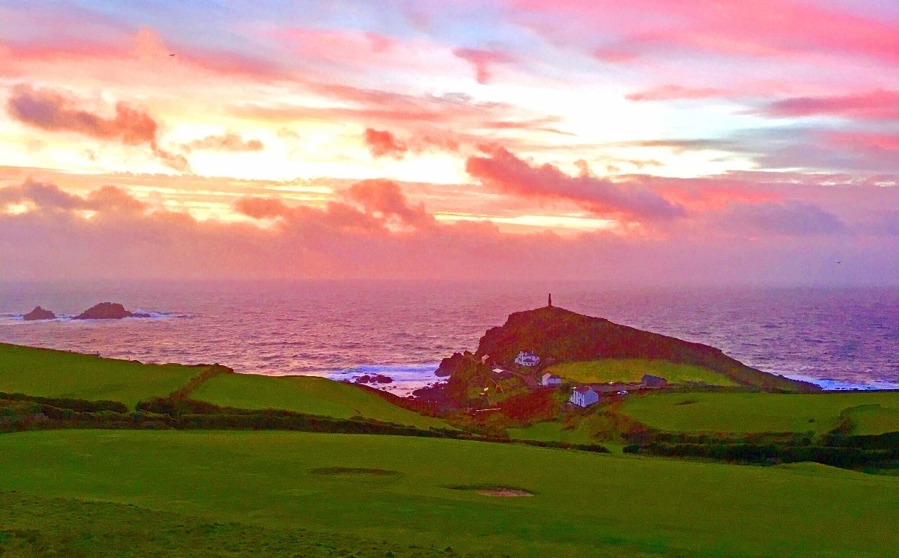
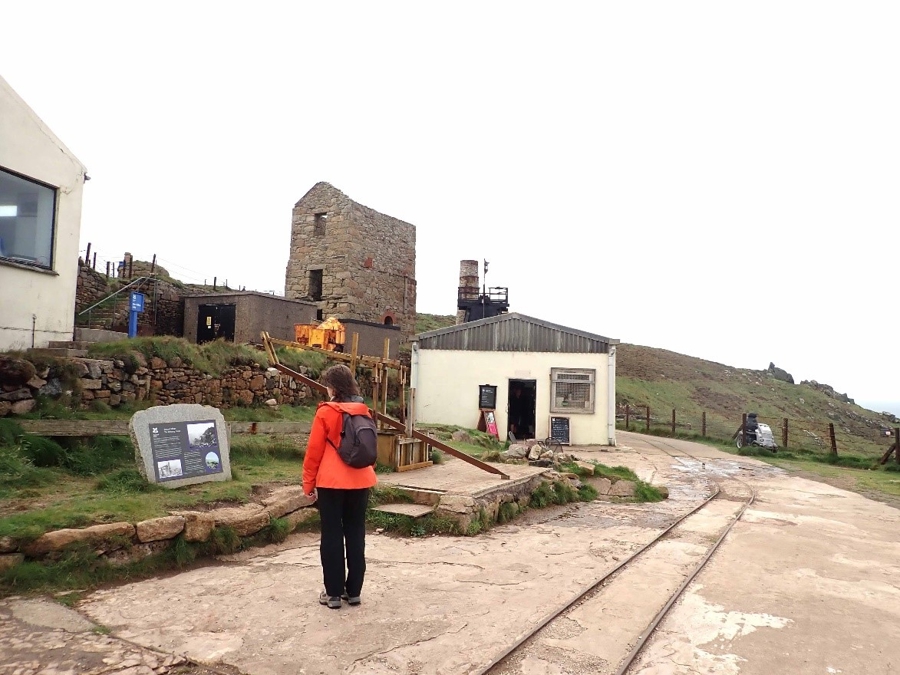
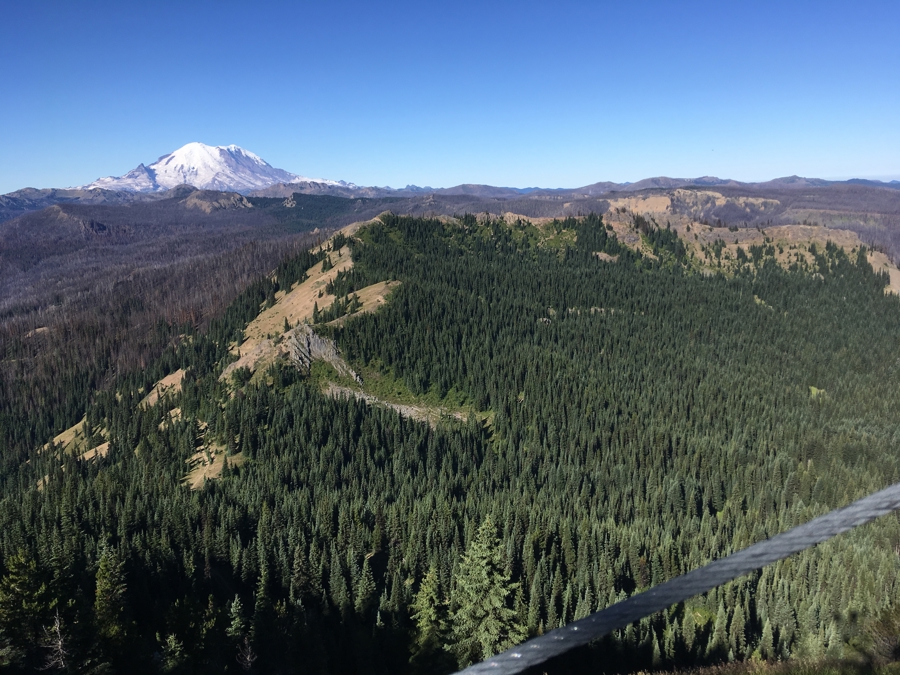
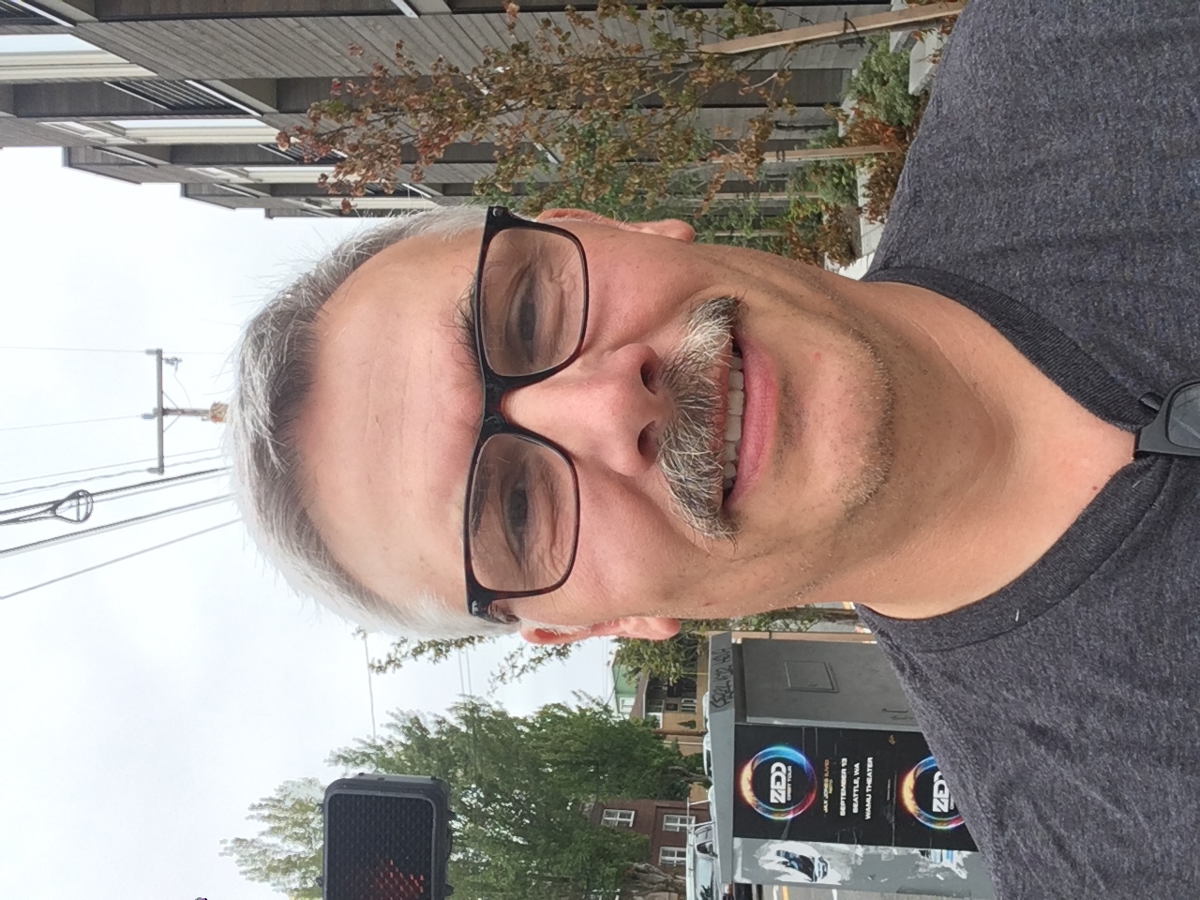
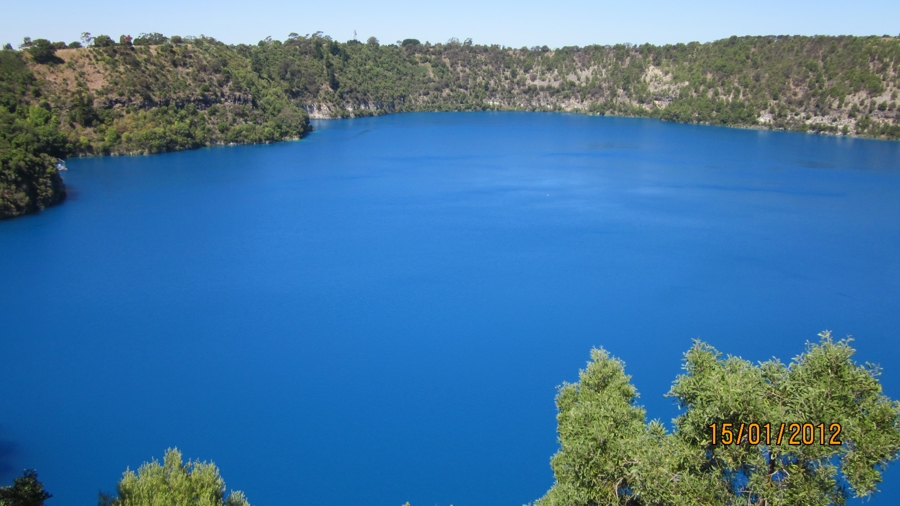
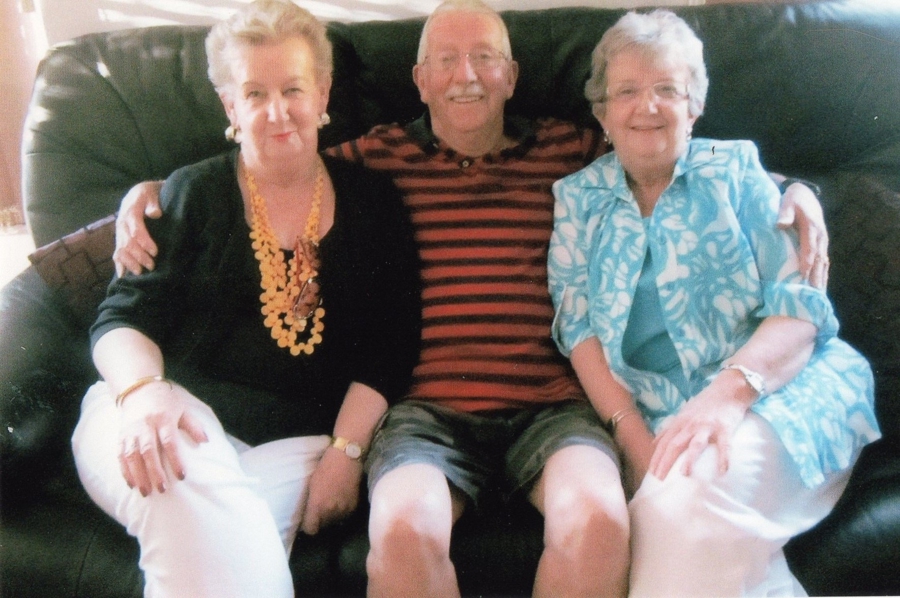
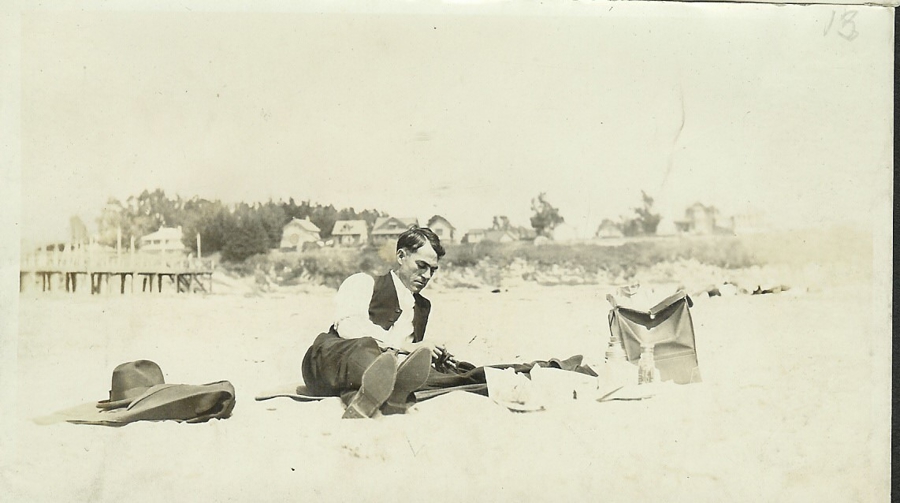
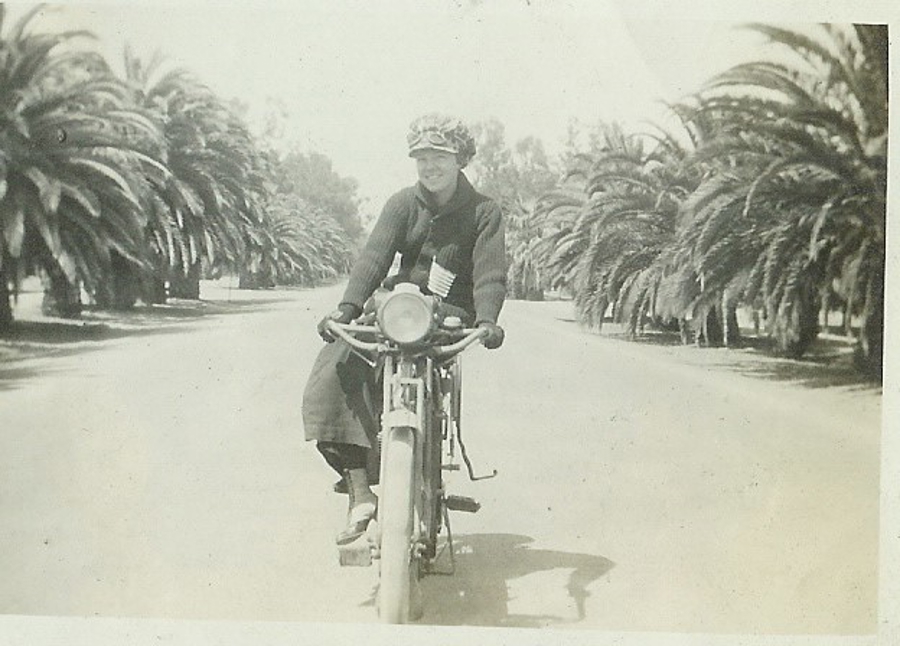
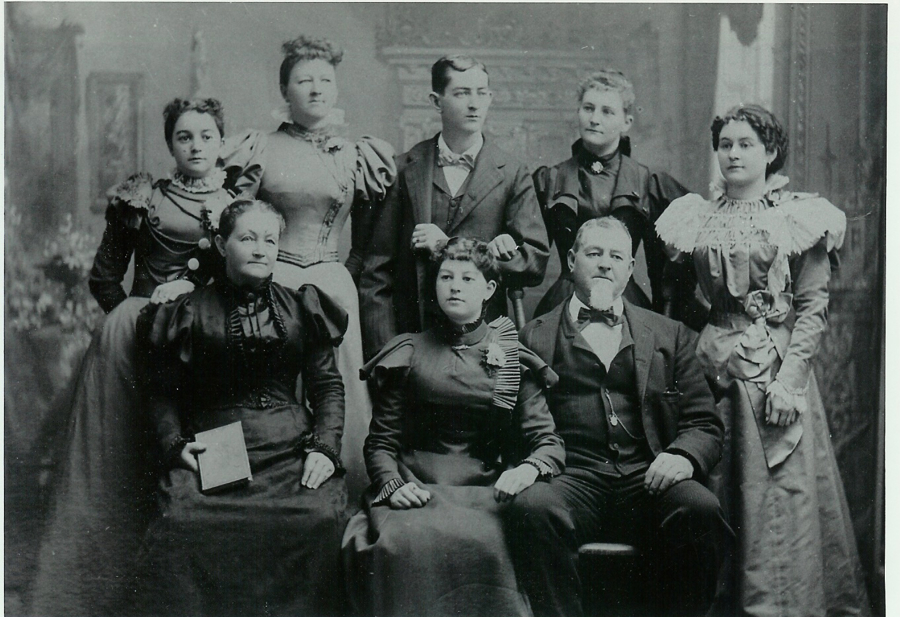
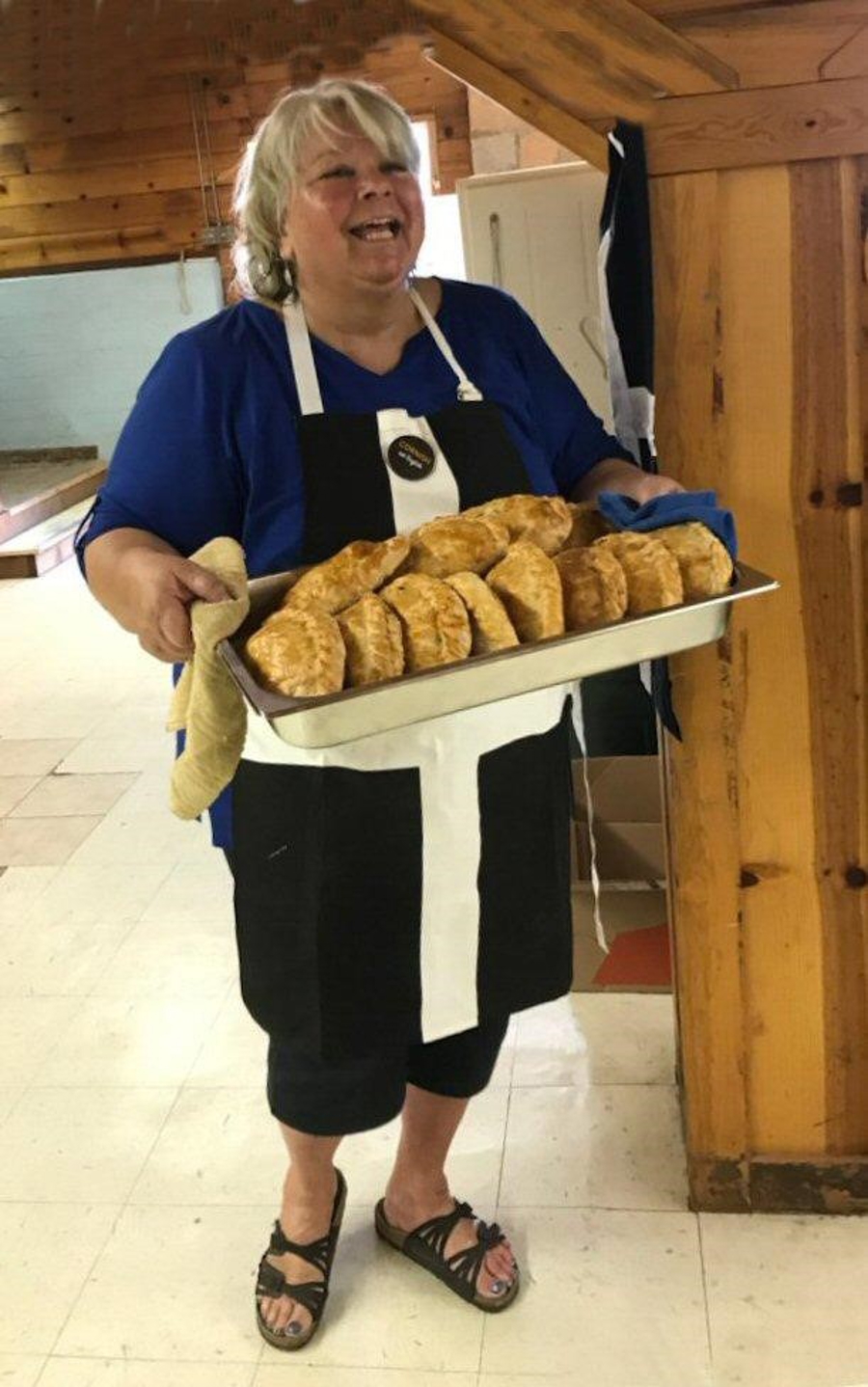
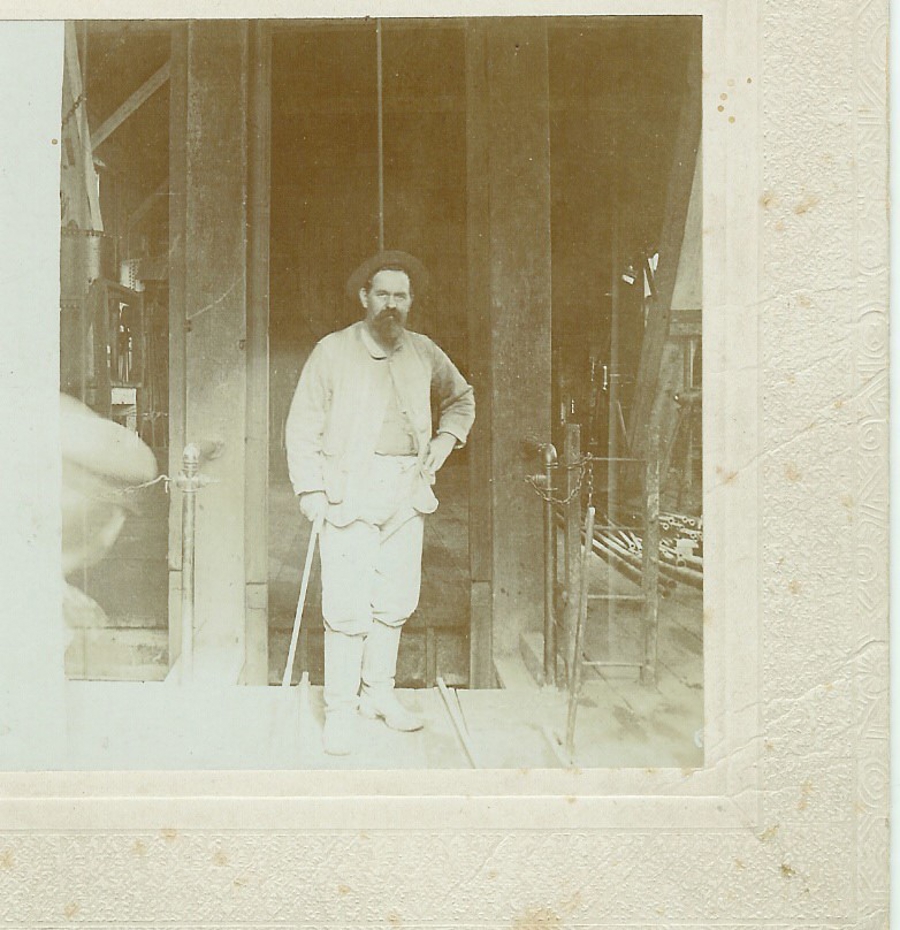
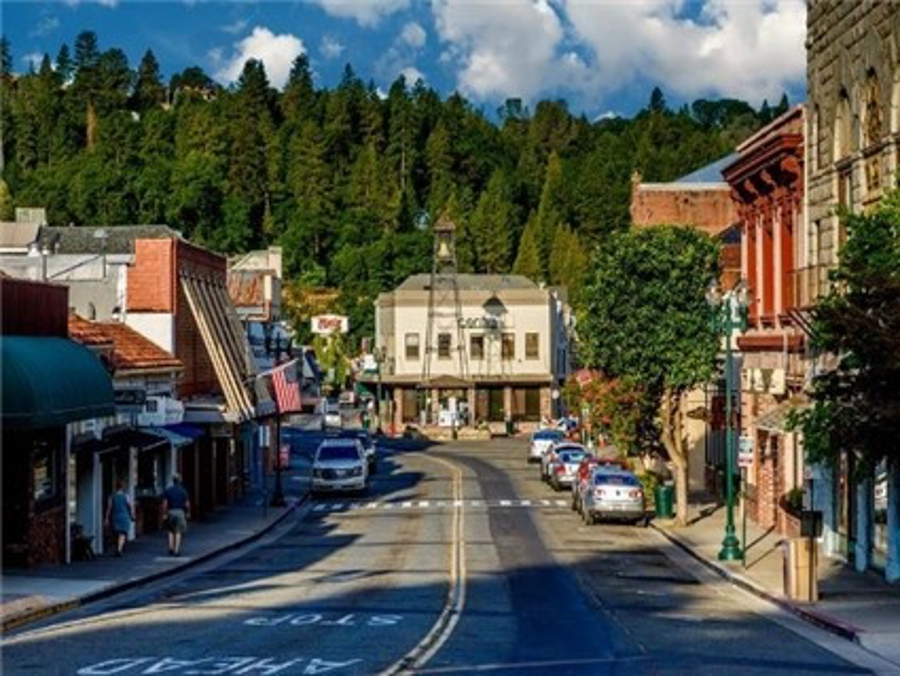
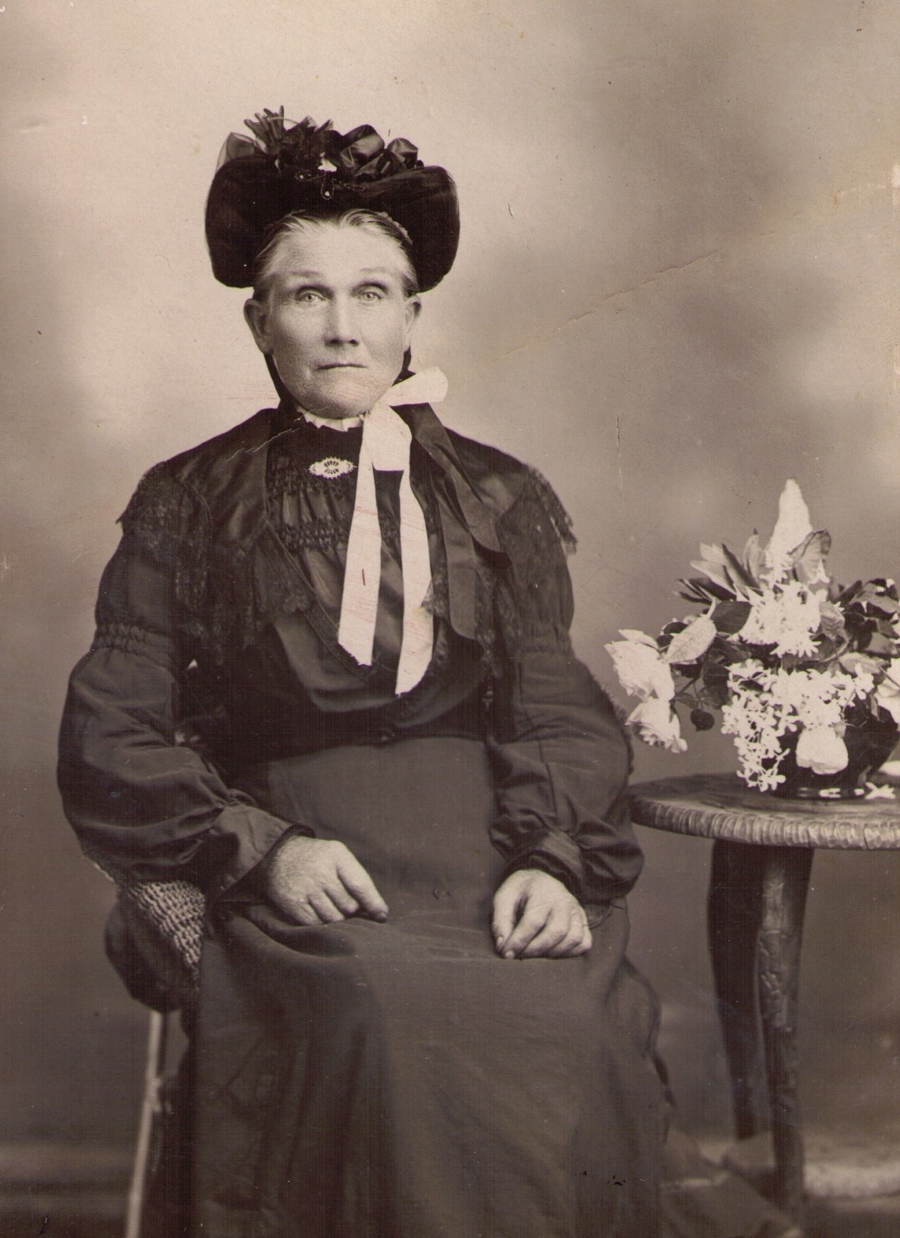
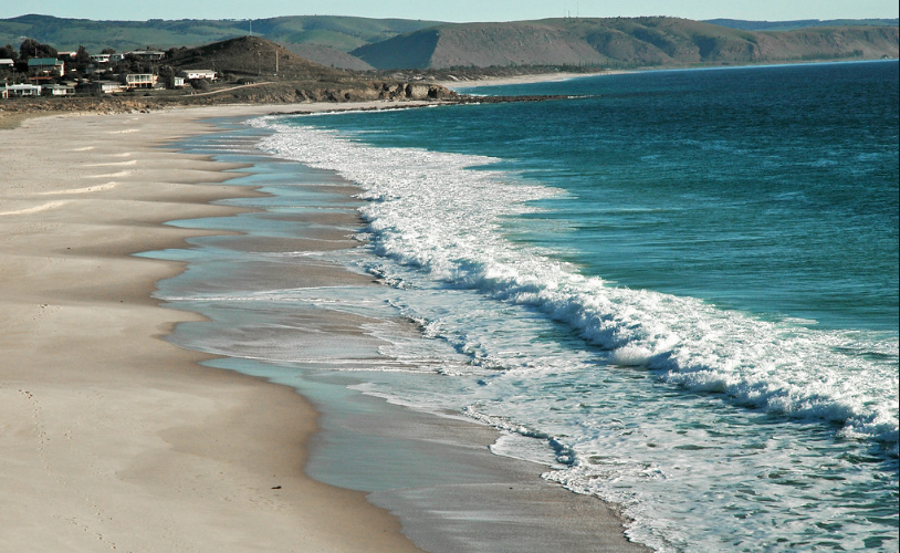
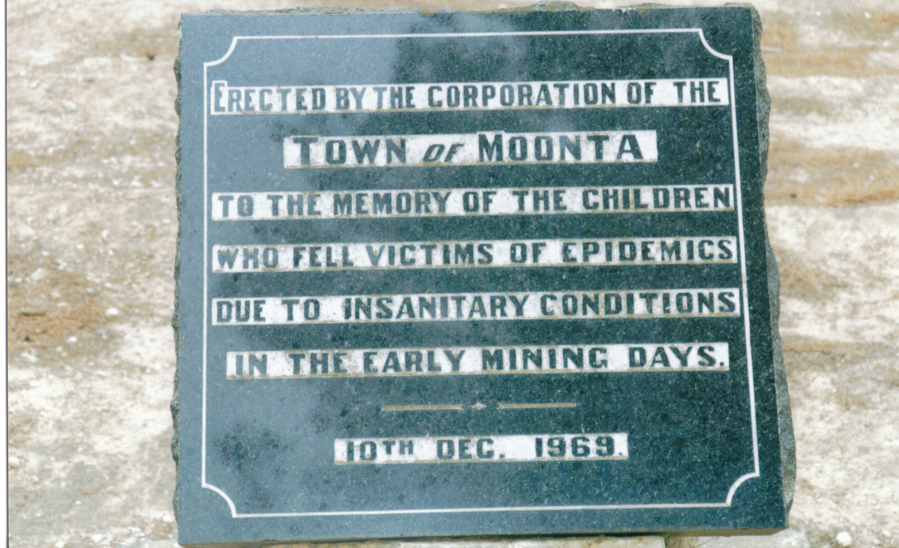
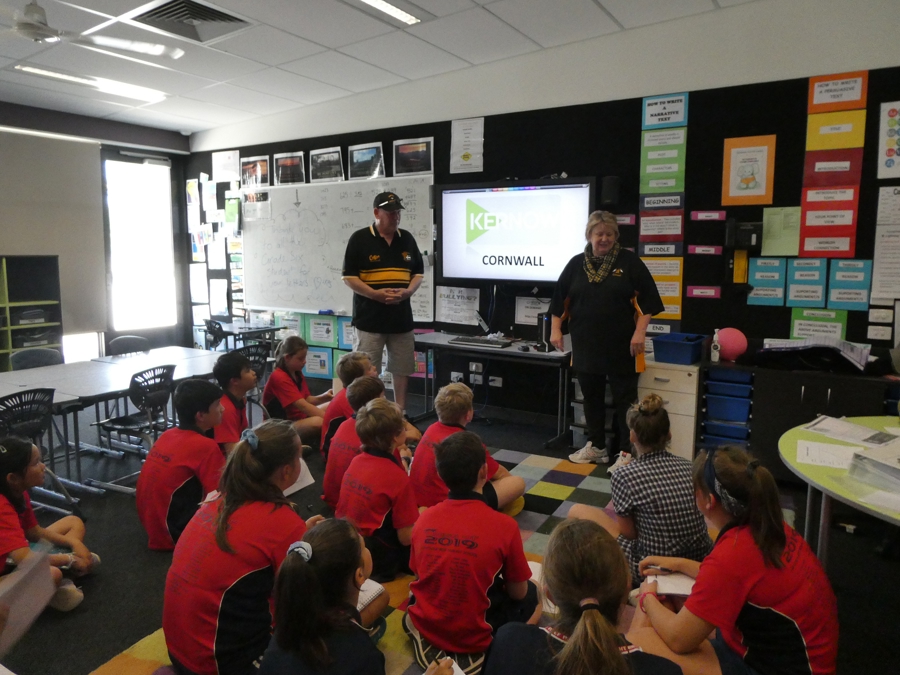
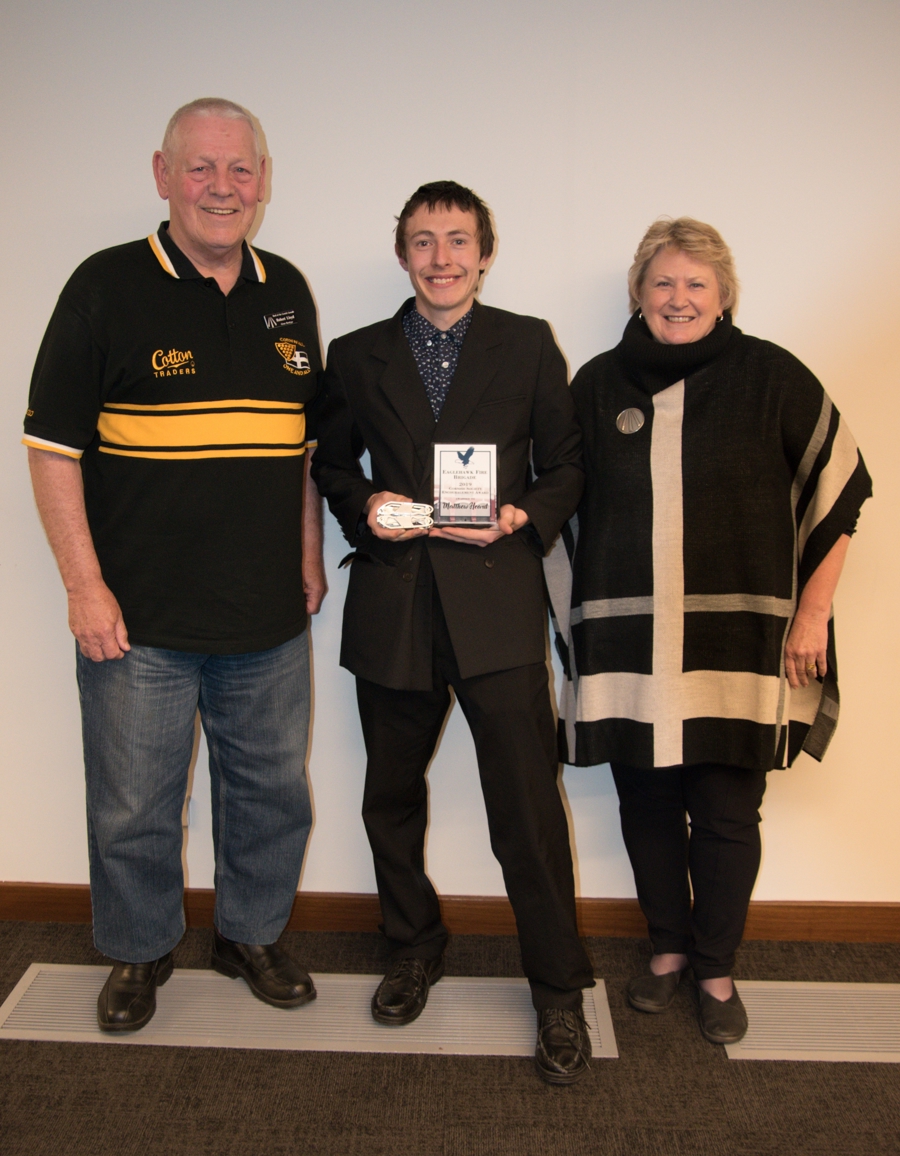
.JPG?width=900&quality=100&rxy=0.5,0.5&token=IatenTB3KGY2HNyLiBtQzlCuXEYiKyyNz8eCldLFpxc%3D)
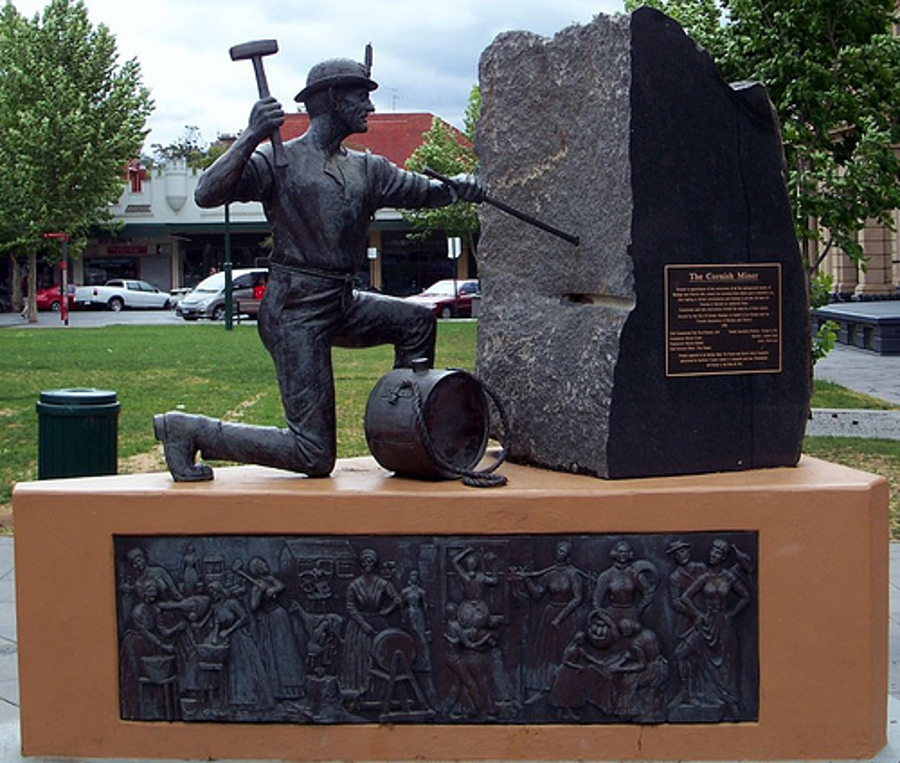
.JPG?width=900&quality=100&rxy=0.5,0.5&token=IatenTB3KGY2HNyLiBtQzlCuXEYiKyyNz8eCldLFpxc%3D)
